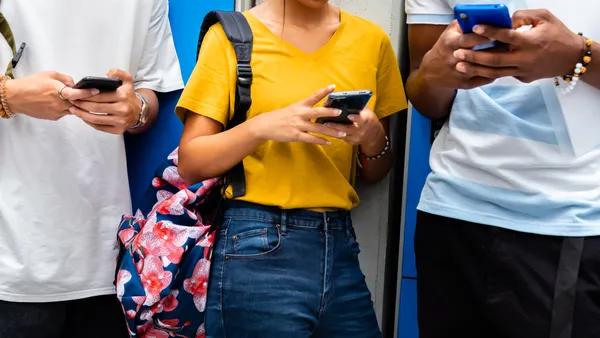Dive Brief:
-
Lockport City School District in upstate New York recently activated its facial recognition system, which had been delayed to allow the New York State Education Department to investigate the district's privacy policies in response to concerns voiced by students and advocates, EdScoop reports.
-
Following its investigation, the department found the district did not have the means to protect student privacy or secure collected data. The district responded by implementing a policy that prevents the system from collecting or storing student information.
-
The district spent $3.8 million of a $4.2 million Smart Schools Bond Act state grant on security systems that also include physical enhancements to building entrances and bullet-proof greeter windows. New computer equipment, panic buttons and a visitor badge system were also purchased, along with the hiring of additional counselors, social workers and behavior intervention specialists.
Dive Insight:
Lockport City School District, which serves about 4,400 students, says its decision to use facial recognition technology is part of a larger plan to keep its students and staff safe from potential violence. The purchase of the technology is part of the district’s “preventative measures.”
Facial recognition, however, has come under fire from groups that say it infringes on students' privacy and is especially sensitive considering ongoing hacks of district data. Facial recognition is also largely unregulated since technology’s rapid development makes it difficult for regulators to keep up. The tech also risks making schools feel more akin to a prison-like environment.
The American Civil Liberties Union has called facial recognition systems invasive and error-prone. The tech has also been shown as likely to misidentify minorities, and there are questions about how effective this technology is as a prevention measure. For example, had such technology detected the shooter at Marjory Stoneman Douglas High School in Florida, authorities would have had only 120 seconds to react.
On the other hand, it does show promise in some cases.
Last May, facial recognition tech was used at a high school graduation in Houston, where it detected a student on the school’s watchlist. The student, one of 9,000 people in attendance, was quickly identified and escorted off campus. Though there was no evidence the student was planning violence, the incident shows the technology can help to quickly and efficiently identify and remove students and adults who a school deems to be a potential threat.












